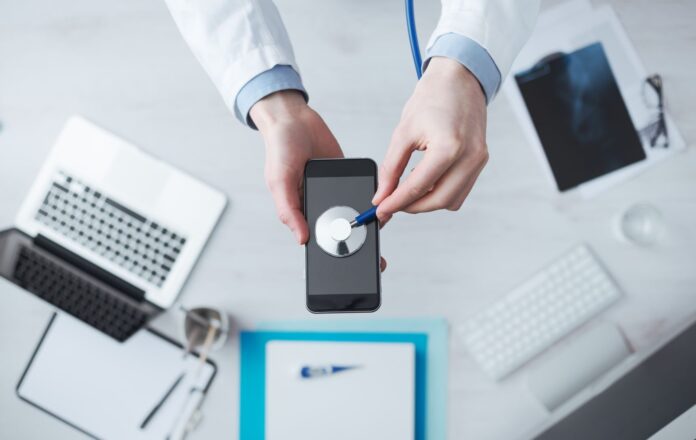Remote monitoring a key broadband-enable telehealth application
The U.S. Federal Communications Commission (FCC) will meet on Aug. 2 and discuss potentially providing $100 million in federal funds to support up to 20 telehealth pilot programs designed to leverage broadband infrastructure to improve health care particularly in rural parts of the country. FCC Commissioner Brendan Carr recently toured rural parts of the country, including the Mississippi Delta, in support of the “Connected Care Pilot Program.”
In the Delta, Carr visited Ruleville, Miss., population 3,234, where he met with a diabetes patient who takes part in a remote monitoring pilot that uses a Bluetooth-connected glucose monitor and an iPad to track and manage treatment.
In comments made at a July 13, event at the University of Mississippi Medical Center, Carr said chronic diseases like diabetes make up 85% of health care spending. Telehealth trials focused on daily care could help reduce these expenses while simultaneously extending better care into rural communities.
“Unfortunately, too many Americans are falling behind when it comes to the availability of high quality health care. With a growing physician shortage, it’s difficult to impossible to find specialists in many rural communities, and even basic care is often out of reach, as we see rural hospitals closing by the dozen across the country. Thankfully, telehealth technologies are making a difference.”
Carr pressed for “connected care everywhere…Whether through remote patient monitoring or mobile health applications that are accessed on smartphones or tablets, patients are seeing improved outcomes and significant cost savings through high-tech care delivered directly to them regardless of where they are located.”
AT&T, which is currently building out a nationwide LTE network for first responders, is also looking to grow its customer base in rural communities. The carrier expressed support for the FCC’s potential funding of telehealth pilots.
Joan Marsh, EVP of Regulatory and State External Affairs, wrote in a blog that telehealth benefits high- and low-income areas “and producing impressive results. In low-income communities, a mobile device can serve as a vital tool for healthcare workers to connect, communicate and engage in the care and treatment of remote patients, and remote patient monitoring can reduce ER and hospital visits and days of inpatient care.”

